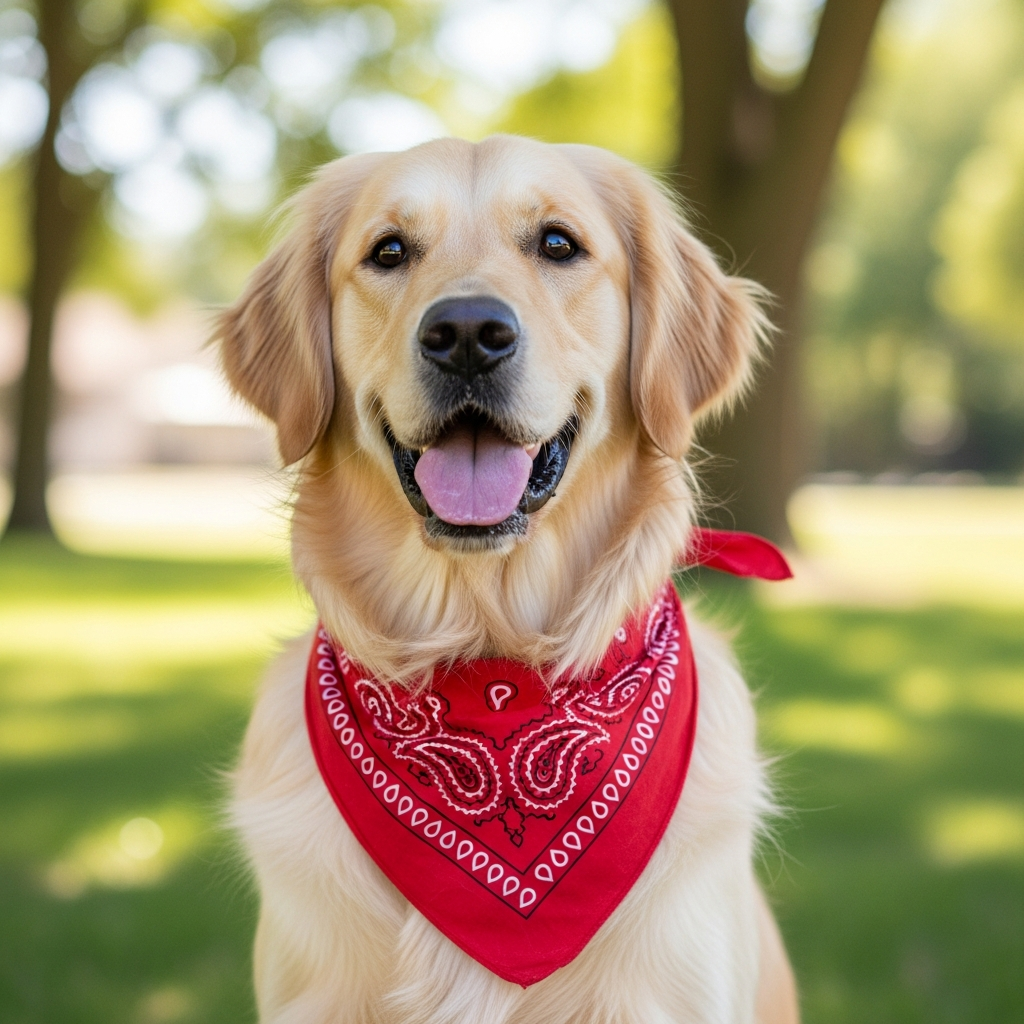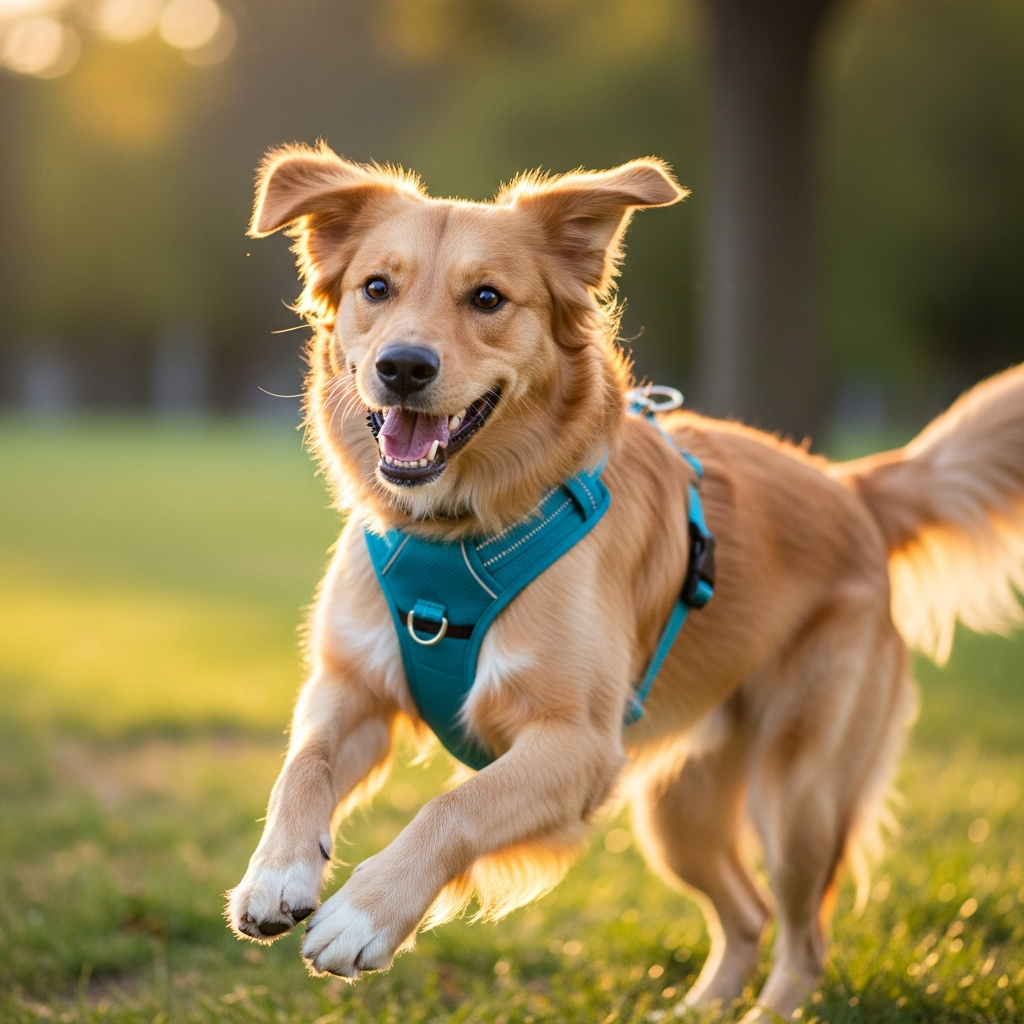Your dog pulls, gags, and chokes on their collar during walks. You worry about causing injury but need to stay in control. A harness provides a safer, more effective solution for both of you.
Yes, for walking your dog, a body harness is significantly better than a collar. It protects their delicate neck and trachea from injury, gives you superior control by distributing pressure across the chest, and reduces the risk of them slipping out and escaping.
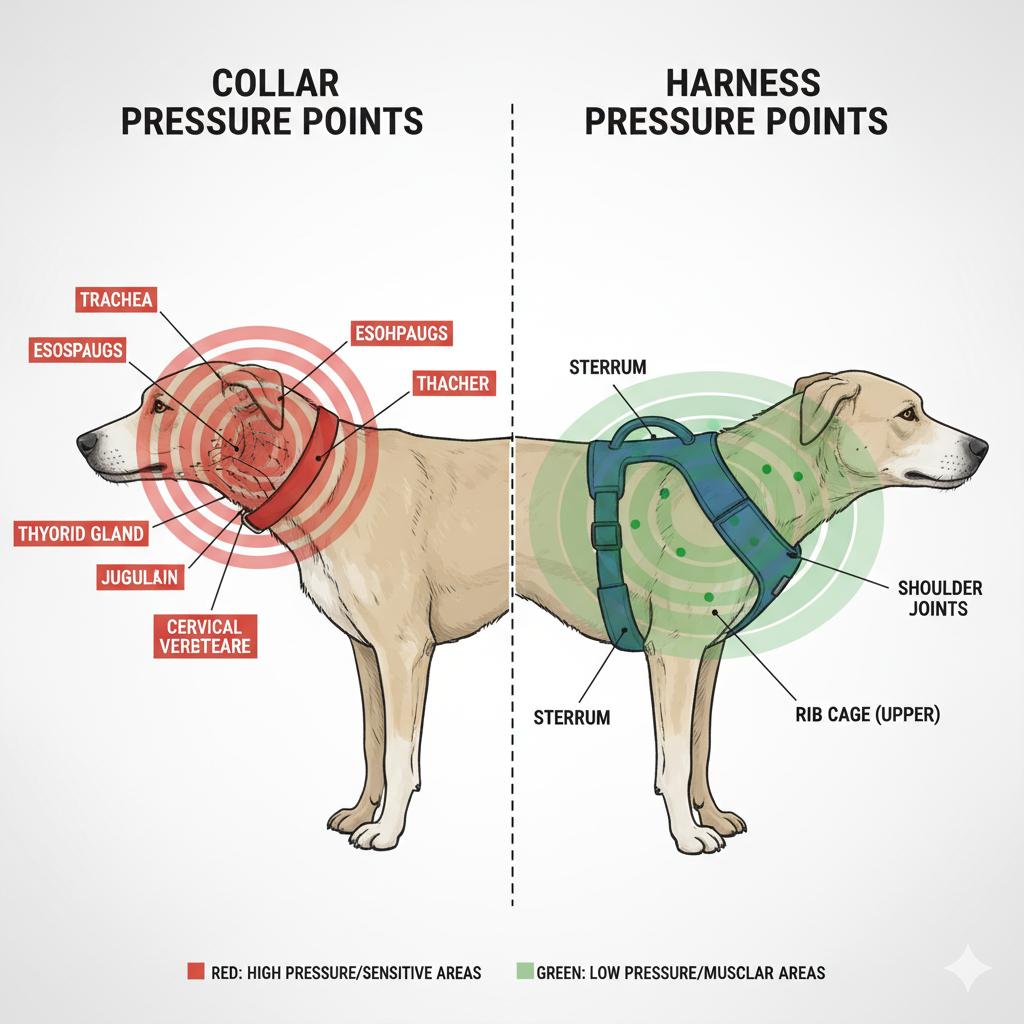
As a dog gear designer, this question is at the very core of my work. This is not about fashion; it's about physics, anatomy, and safety. A collar concentrates all of your force onto a single, vulnerable point on your dog's neck. A harness completely redesigns that system of force and control to be safer, more humane, and ultimately more effective. Let's break down exactly why this is so critical for your dog's well-being.
Why is a Harness Safer for a Dog's Neck?
You hear your dog cough or gag when the leash gets tight. There's a nagging fear inside you that this is causing real, lasting damage. You need a way to walk them without risking their health.
A harness is safer because it distributes all pulling forces across the strong, muscular areas of the dog's chest and shoulders. This design completely avoids concentrating dangerous pressure on the fragile trachea, spine, and glands located in their neck.
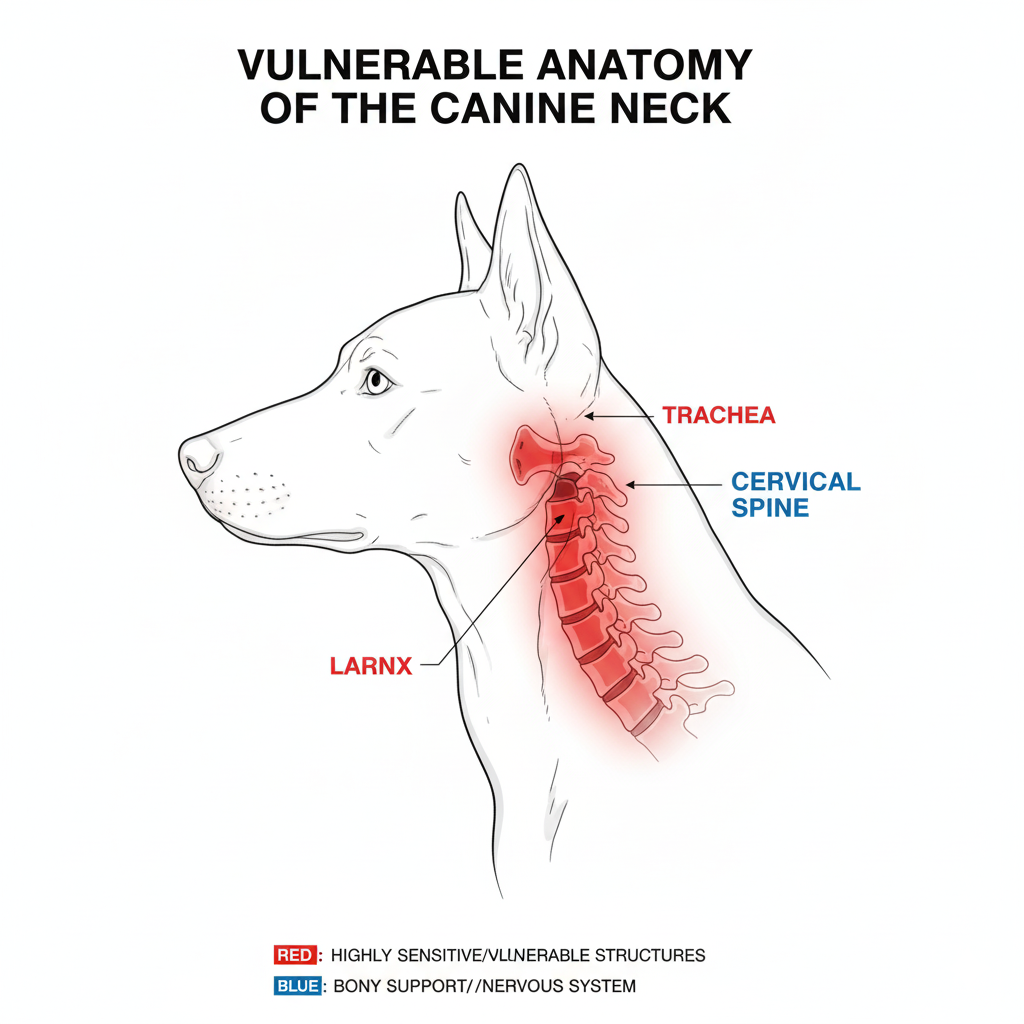
When I design any piece of equipment, my first thought is always about safety and potential points of failure. The dog's neck is an incredibly complex and delicate area. It contains the trachea, which is a relatively fragile tube of cartilage, along with the thyroid gland, major arteries, and the cervical spine. Applying sudden, sharp pressure here with a collar is like trying to tow a car by its radio antenna instead of its frame. You're pulling on the weakest, most vulnerable point. This is especially dangerous for breeds prone to tracheal collapse, like Yorkshire Terriers, or brachycephalic (flat-faced) breeds like Pugs and French Bulldogs, whose breathing is already compromised. A harness bypasses this entire danger zone. It transfers the load to the dog's powerful chest, which is built to handle force.
Neck Safety Risk Assessment
| Potential Injury | Risk Level with Collar | Risk Level with Harness |
|---|---|---|
| Tracheal Collapse | HIGH | VERY LOW |
| Spinal Damage | HIGH | VERY LOW |
| Thyroid Gland Damage | Moderate | VERY LOW |
| Eye Pressure Issues | Moderate | VERY LOW |
Does a Harness Actually Give You More Control?
Your dog pulls you down the street on every walk. It's an exhausting battle of strength, and you feel like you're losing. You need a smarter tool, not just more muscle.
Yes, a harness gives you far more control, especially if it's a front-clip design. By attaching the leash to a point on the dog's chest, it works with physics to redirect their forward momentum, making pulling an ineffective strategy.
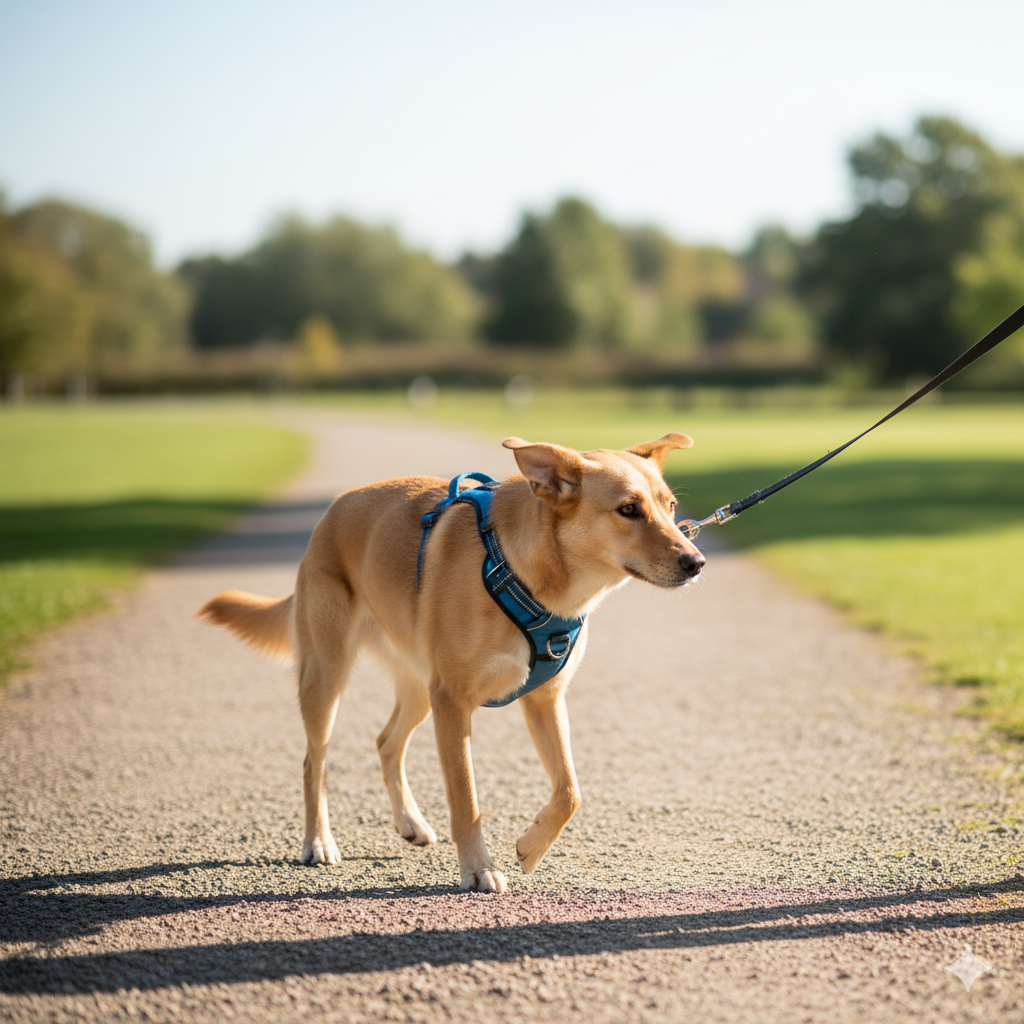
The problem with a collar is one of leverage. Trying to control a powerful, determined dog by its head is a losing battle. All of its strength is in its shoulders and chest, pushing forward. A back-clip harness is more comfortable than a collar, but it can sometimes encourage pulling, activating a dog's natural "opposition reflex," similar to sled dogs. The big design breakthrough for control was the front-clip harness. When I design these, my goal is to make pulling awkward and unproductive for the dog. When the leash on their chest tightens, it doesn't choke them; it simply turns their body back towards you. Their forward lunge becomes a gentle spin. This breaks their momentum and gives you an opportunity to regain their attention. It turns a contest of strength into a simple lesson in physics.
Harness Type and Control Level
| Gear Type | Control Level for Pullers | Primary Function |
|---|---|---|
| Front-Clip Harness | Very High | Redirects pulling, excellent for training |
| Back-Clip Harness | Low to Moderate | Comfortable for dogs who don't pull |
| Dual-Clip Harness | High to Very High | The most versatile for various training needs |
| Collar | Very Low | Holds ID tags, not for controlling pullers |
Are There Any Times a Collar is Still Okay?
You feel like you have to throw away all your dog's collars. But they are useful for holding ID tags, and you don't want your dog to be without them. Is there still a place for them?
Absolutely. A collar is essential for one crucial and non-negotiable purpose: holding your dog's identification and registration tags. It should be worn 24/7 for this reason, but it is not the right tool for walking.
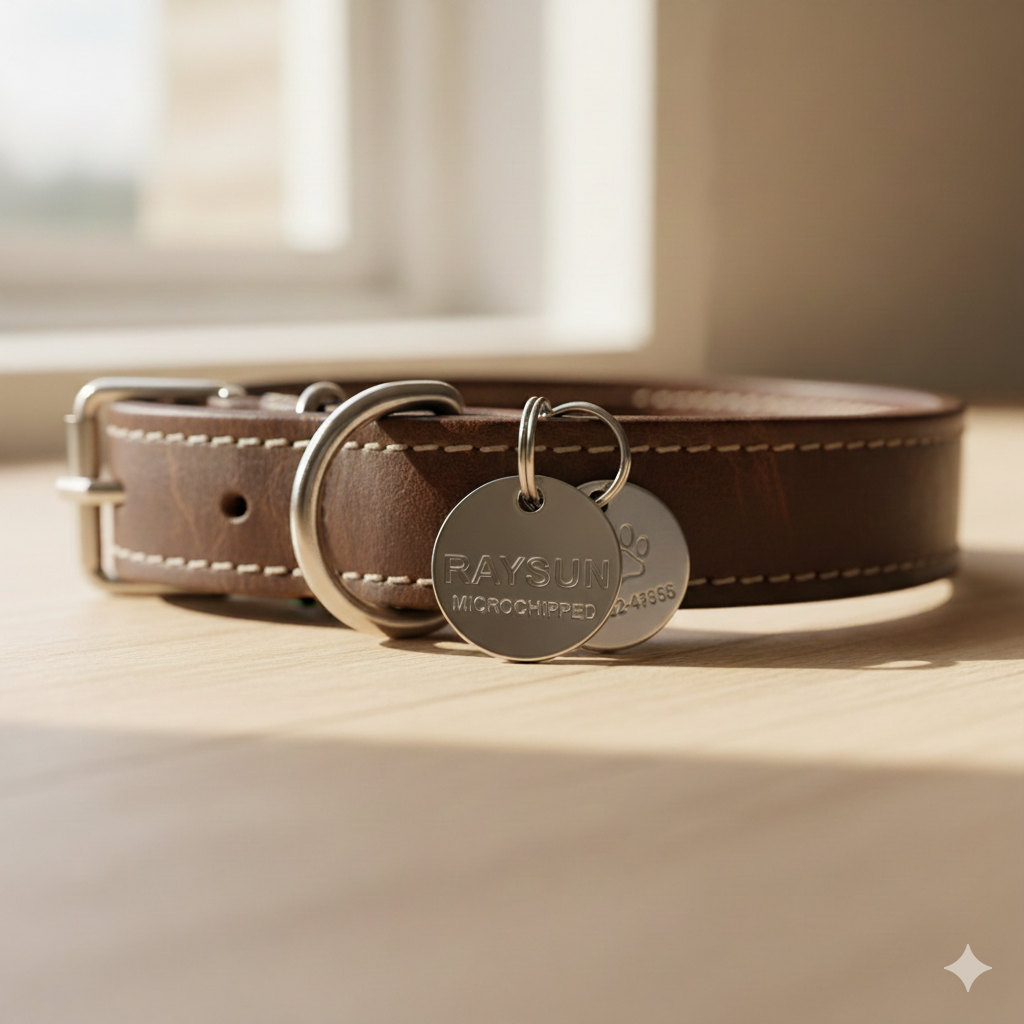
I think of it this way: a collar is your dog's wallet or their driver's license. Its primary job is identification. It needs to stay on them in case they ever get lost. A harness is their piece of safety equipment for a specific activity, like a seatbelt in a car. You use it for walks and adventures, and you can take it off when you get home. It’s about using the right tool for the right job. When designing collars, the focus is on comfort, durability for constant wear, and safety features like quick-release buckles that can prevent a dog from getting snagged and choking. The materials must be waterproof and hold up to daily life. It’s a completely different set of design problems than creating a harness meant to handle the dynamic forces of a walk. The best and safest approach is to use both.
The Right Tool for the Job
| Gear | Primary Job Description | When to Use It |
|---|---|---|
| Harness | Safely controlling your dog during on-leash activities. | During walks, hikes, training, and travel. |
| Collar | Holding identification, registration, and rabies tags. | At all times, 24/7. |
Conclusion
For safe, comfortable, and controlled walks, a harness is the superior choice. Reserve the collar for its most important job: carrying your dog’s ID to keep them safe at all times.
Cindy Long is the Sales Manager of Raysunpets and a pet lover with over 12 years of experience in exporting pet products. She specializes in providing customized dog chest carriers, leashes and pet accessory solutions for the European and American markets, always focusing on the real needs of customers and pets, and is committed to creating high-quality, practical and comfortable products that allow fur kids to live happier lives.

